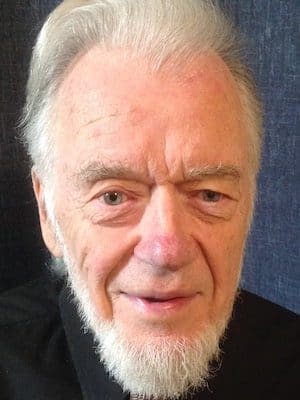Back in the 1970s, I heard my friend and colleague, Bob Culpepper, talk about his list of “top 10” movies. (Bob passed away earlier this month, and I wrote about him here.)
After hearing about Bob’s list, and the movies on it, I soon made my own list and have revised it from time to time through the years.
I mainly selected movies that had had the most emotional (spiritual) impact on me or that had caused me to think repeatedly about significant matters.
Thus, my list is completely subjective and has nothing to do with any “objective” evaluation of the best movies in terms of splendid acting or brilliant direction.
And the list is chronological. That is important not only because it indicates that there is no ranking of the “top 10,” but also because the impact those movies had on me is related to when I first saw them.
For example, I still remember how impressed I was with the ending of “The Robe” when I first saw it in the 1950s, but if I were to see it now for the first time, it likely would not make my list.
So, for whatever it’s worth, here is the current list of my “top 10” movies:
- “The Robe” (1953)
- “Sound of Music” (1965)
- “Sand Pebbles” (1966)
- “Fiddler on the Roof” (1971)
- “Brother Sun, Sister Moon” (1973)
- “Gandhi” (1982)
- “Amadeus” (1984)
- “The Mission” (1986)
- “Romero” (1989)
- “Immortal Beloved” (1994)
I reviewed, but did not change, the above list again this month after watching “The Mission” for the fourth or fifth time. It is a powerful movie that is based on historical events in South America in the 1750s.
And even though my evaluation is not based on the acting, I thought the acting was superb.
On the two days after seeing “The Mission” this month, June and I listened to all of director Roland Joffé’s commentary, and we were sort of “blown away” by it.
The movie was made with indigenous people, and scenes were shot thousands of miles apart: some in Columbia and some in Argentina.
It is the story itself, however, that is so impressive – and depressing.
The movie depicts the historical struggle between the Spanish Jesuit missionaries and the “reductions” (communes) that they founded in South America in conflict with Portuguese slavers who wanted to destroy the Christian communes in order to advance their slave trade.
“The Mission” deals with the question of how to resist evil: passively or with the sword.
That is the focal point of the movie, which is based on a real battle in February 1756.
Of course, what really happened is far different than what the movie depicts – as is quickly seen from even a cursory reading of William F. Jaenike’s “Black Robes in Paraguay” (2007).
Partly because of the events on which “The Mission” is based, the Society of Jesus was dissolved by the pope in 1773.
Accordingly, the subtitle of Jaenike’s book is “The Success of the Guarani Missions Hastened the Abolition of the Jesuits.” (They were reinstated in 1814, though.)
When I first saw “The Mission,” and again this month, I was deeply impressed by the Jesuit missionaries, especially Father Gabriel.
I liked then and still like the way he related to the Guarani people and how he refused to use violence against violence. (Little did I know back in 1986 that I would be teaching in a Jesuit University during my retirement years!)
“The Mission” is a great movie – as are the other 10 on my top 10 list. At least, that is the view from this Seat.
Leroy Seat was a missionary to Japan from 1966-2004 and is both professor emeritus of Seinan Gakuin University and pastor emeritus of Fukuoka International Church. This column appeared previously on his blog.
A missionary to Japan from 1966-2004, he is both professor emeritus of Seinan Gakuin University and pastor emeritus of Fukuoka International Church.

